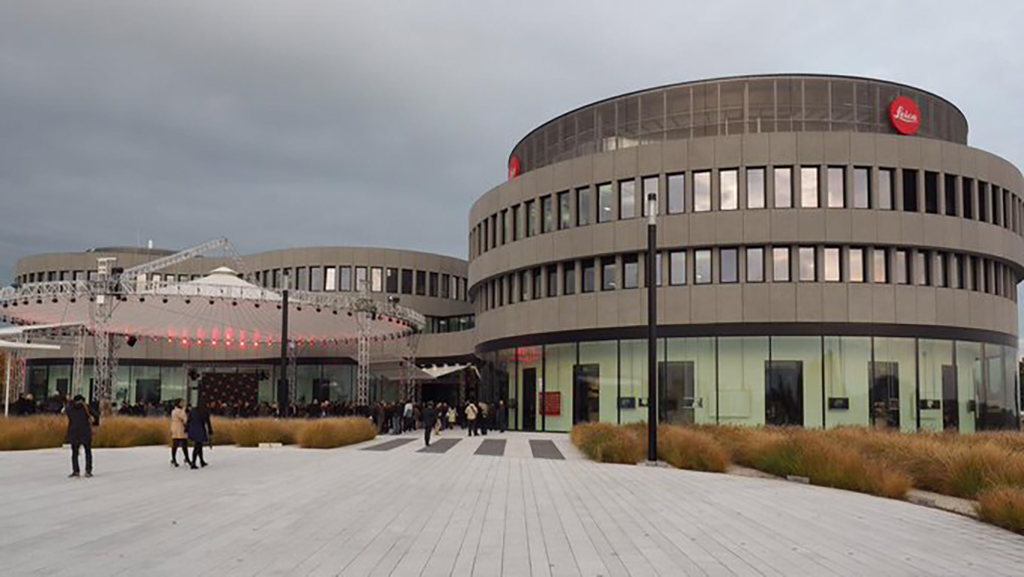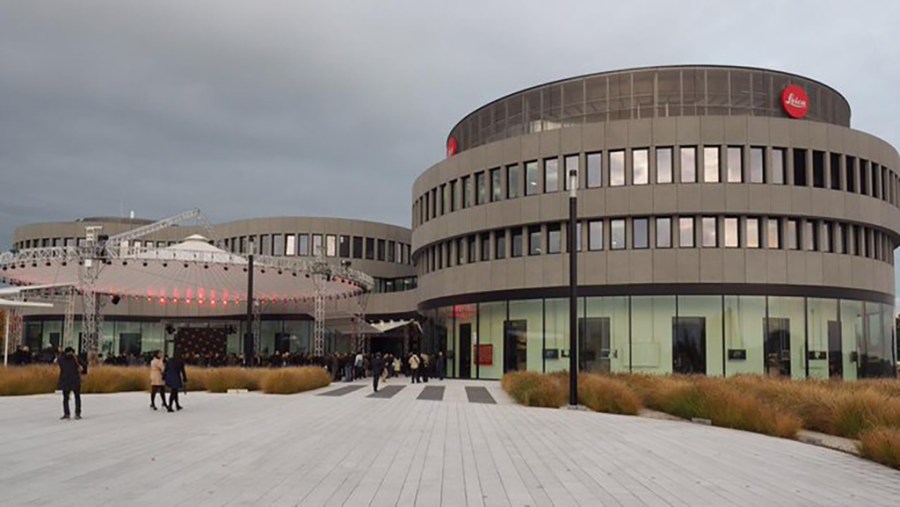Is all that stuff about the unique Leica ‘glow’ and hand-crafted manufacture just marketing guff to hike the price? Geoff Harris considers why we often end up paying a premium for that little red dot, and why so many are happy to…
Leica: just about everyone agrees they make high-quality cameras and lenses, and that they are now a high-end luxury brand. As with Louis Vuitton, Hermes or Rolex, it seems that the company can push up prices as much as they want, in the name of ‘premium quality, premium price.’ Such is the power of that little red dot.
Hang around Leica forums long enough, or talk to enthusiasts, and you’ll also hear apocryphal stories of wealthy hedge-fund managers who pop into their local Leica store at lunchtime to pick up a Leica M11 with a couple of lenses as ‘they’re going on holiday soon and heard Leicas are good.’ You’ll often see top international soccer players with Leica gear around their neck, too.
So does this mean that Leicas are overpriced? It’s not a simple binary answer. Let’s start by laying out the case for Leica’s defence. Unlike the 70s, where some production was moved to Canada, all Leica bodies and lenses are now made at the manufacturing HQ in Wetzlar, Germany. As the company is keen to stress when it showed me around, the gear is essentially hand-made, with very high quality-control standards.
This alone is enough to push up the price for punters, as employing specialist staff in a developed economy like Germany is never going to be as cheap as farming your manufacturing out to Thailand or Vietnam, for example. The German government is probably much less generous with tax breaks to encourage investment, too, so the costs get passed back to the consumer.

Leica’s HQ in Wetzlar, Germany
This emphasis on hand-made production also means there are fewer models out there at any given time. As the cameras and lenses are not mass produced, the market isn’t flooded. Then there is the strong reputation Leica has built for durability and reliability, another facet of its excellent quality control, so photographers tend to hang on to their Leica gear longer. It also holds its second-hand value well – even the Leica CL APS-C mirrorless camera, which has been around since 2017 with now-modest specs to match, costs over £1000 to buy used from a reputable retailer (body only),
It’s hardly an earth-shattering insight that people will also pay higher prices for the Leica mystique, seeking to achieve the fabled ‘Leica glow’ with its lenses, or hoping that some of the genius of celebrated users like Cartier Bresson or Ralph Gibson will rub off on them. When it comes to much older iconic cameras, these continue to fetch eye-watering prices at auction.
All this said, there are times it does feel like Leica is pushing it a bit with pricing, particularly when it comes to special and signature editions. Back in September, for example, Leica teamed up with singer Seal for a special edition of the Q2. Yes, you get a fancy cover designed by the eponymous crooner, a special strap featuring lyrics from his vintage hit Kiss from a Rose, and a… scarf. Which is nice, but does all this justify another £700 or so on top the price of the standard camera?
Well-heeled Leica collectors would say yes, as it’s also a very limited edition – a very smart marketing ploy. Or, returning to the Leica CL, the ‘Paul Smith’ edition costs the best part of three grand – even with the Elmarit 18mm lens, that’s quite a lot for a 24Mp non-full frame device that is nearly six years old!

The Leica CL Paul Smith edition
At the end of the day, Leica is in business to make money and it sets prices that people will pay. The demand is clearly there, and you’re ever going to see ‘20% off’ signs in the window of a Leica store. The quality of the gear, not to mention the strong cachet of the Leica brand, means that you’re never going to save a lot of money by buying Leica, but that is not a big motivation for the majority of its customers. They want to be part of the red dot club.
If you are interested in trying out Leica cameras and lenses without getting a remortgage, the older R series 35mm film SLRs are much better value when bought used, as are the lenses – depending on which Leica authority you talk too, R series lenses offer similar levels of performance for the average photographer than their much pricier M equivalents. Also, Leica’s participation in the L mount alliance means that you can also cut costs by using Sigma and Panasonic lenses on Leica bodies, as this writer does.
Now, as to whether owning a Leica will make you a better photographer… well, that’s a whole different topic but there is no camera in the world that can do the creative leg work for you!
The views expressed in this column are not necessarily those of Amateur Photographer magazine or Kelsey Media Limited. If you have an opinion you’d like to share on this topic, or any other photography related subject, email: ap.ed@kelsey.co.uk.
Related articles:








